My new ebook, What Made Golden Shine is now available for the Kindle. In this book, I take a look at what made Hollywood’s Golden Age so special and unique. Below is the first Chapter of this interesting and engaging read.
Chapter 1: Entertainment as a Service Industry
What did Abbott and Costello have in common with a waiter and a manicurist?
They all worked in service industries.
Abbott and Costello, the Marx Brothers, Burns and Allen, Jimmy Durante, Jack Benny, Bob Hope, and Eddie Cantor all got their start in Vaudeville or even more humble origins. In Cantor’s case, he began his career as a singing waiter in a dive with a young Jimmy Durante playing the piano.
Entertainment was a hard scrabble existence. Entertainers lived from show to show, traveling the country from city to city, following the work wherever it might lead. They were, in the end, dependent on their local audiences for their livelihoods. If their audiences didn’t love them, they would not make it.
This had two great effects on entertainers. First, they understood they were there for the audience. The most successful performers had a love and respect for their audience, and the audience returned that.
Secondly, the road to Hollywood often went through humble circumstances. In some case, this humility began at birth. Jimmy Durante was born to a large immigrant family in the kitchen. Radio legend Bob Bailey, best know for his five years playing Johnny Dollar, was born in a theater trunk to a pair of actors.
Others’ lessons in humility came simply by living from one booking to the next, often having to find additional work to support themselves, or even having a play close unexpectedly while they were a long distance from home.
They understood the struggles of the poor and working class. They knew they came to the theater tired and worn out from a day’s labor. These earlier performers experienced real, every day life. The best of the Golden Age performers had a genuineness and honesty, a down-to-earth air about them that made us love them and relate to them as friends who we enjoyed spending time with. For that reason, Jimmy Durante and Lou Costello got far more laughs on their blown lines than modern day counterparts like Jay Leno and Jon Stewart get off of their best written material.
At times, the Golden Age of Hollywood may seem to be out of touch with how the real world worked and how people really struggled. It was because they were all too aware of it and figured their audience didn’t need a movie to tell them. They knew their movie-going audience was looking for a little escape: to laugh, to sing, to dream, and dance for a few moments before returning to the real world.
The entertainment industry felt this burden particularly strongly during World War II. Performers entertained soldiers and sailors on the frontlines. Bob Hope made entertaining servicemen his passion. He not only performed for large groups of soldiers, he visited those who were wounded and couldn’t join the group. Hope never considered himself a hero. He was doing what he was he was born to do, using his God-given gifts to lift the hearts of lonely, tired, and worn out men thousands of miles from home.
One would be hard-pressed to find that understanding of Hollywood as a service industry today. Far too often, young actors are handed absurd amounts of wealth and fame in their teens and twenties long before they are ready to deal with it. Actress Traylor Howard, best known for her roles in Two Guys, a Girl, and a Pizza Place and Monk, decried Hollywood’s indifference to American Troops, telling the LA News in a February 24, 2006 article, “They’re risking their lives, they haven’t seen their wives, husbands and families…They need people to come, and they deserve that.”
The entertainment industry’s humble origins made it possible for the Golden Age to feature the most memorable comedy teams in history: Abbott and Costello, Burns and Allen, Laurel and Hardy, Lum and Abner, the Marx Brothers, and the Three Stooges among others. These teams began their acts in Vaudeville, early radio, or the early movies. They each found a formula their audience loved and stuck with it.
The comedy team is a relic of a bygone era in mainstream entertainment. To be part of a comedy team required humility, particularly on the part of the straight man who had to accept that public adulation would be with the comic even though the straight man’s timing was essential to the act. It also required a great deal of unselfish trust. In effect, your fate was linked to your partner’s. Our modern Hollywood culture has no place for such an arrangement. Actors’ egos simply will not accommodate it.
We should not kid ourselves. The Golden Age had its share of Hollywood hero worship and big egos. This was usually tempered for the actors themselves by a self-awareness formed outside of Hollywood. Today, young icons are hit with fame, fortune, and adulation and don’t know enough about themselves to not believe their own PR.
How many entertainers would describe their goal as bringing happiness? Stardom is seen as a road to money, fame, sex, and political power. Who today sees it as service?
Even their attempts to reach out often come across as shallow and self-absorbed. Activism is often less about the issue the entertainer is talking about and far more about their self-importance and self-righteousness.
Contrast this with the calls for world peace between World War I and World War II and Hollywood’s anti-war activism of late. Those who dreamed most of peace during the 1920s and 30s were those who had experienced wars and had lost loved ones and seen war’s devastating impact. They spoke with conviction, hope, and a heart of love for the innocent bystanders whose future is blown away by the winds of war. This stands in contrast to modern Hollywood, whose words come across as laced with contempt for political opponents and the military rather than love and concern for real people.
Recent decades have cemented Hollywood’s reputation as a place of the unreal. The authenticity of the Golden Age is definitely missed.
You can read more in What Made the Golden Age SHine available now for Kindle for $2.99 or free from the Kindle lending library for Amazon Prime members.
If you enjoyed this post, you can have new posts about Detective stories and the golden age of radio and television delivered automatically to your Kindle.
This post contains affiliate links, which means that items purchased from these links may result in a commission being paid to the author of this post at no extra cost to the purchaser.
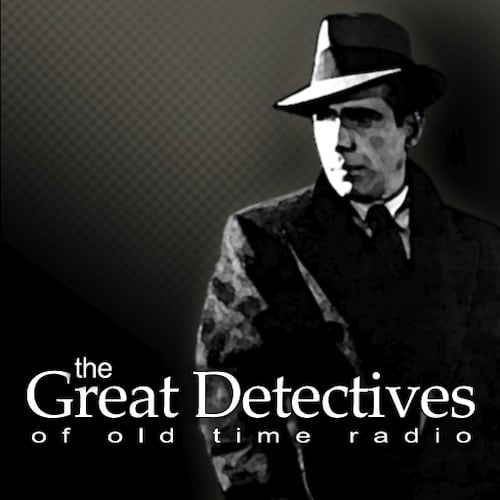
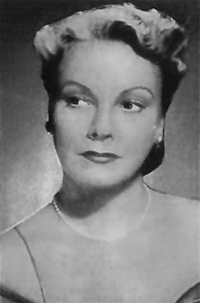 48) Claudia Morgan
48) Claudia Morgan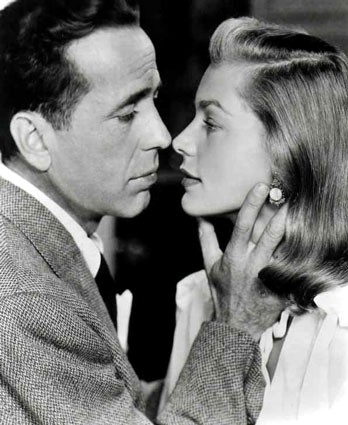
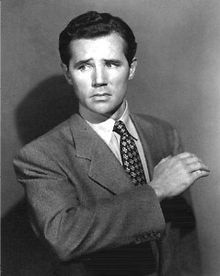 50) Howard Duff
50) Howard Duff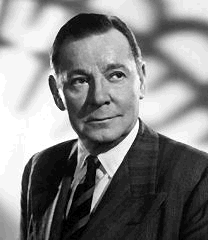 Herbert Marshall was best remembered as The Man Called X. This iconic role was perhaps the best known of Pre-Bond spies. So much so that when the Man Called X was evoked when the Flintstones made a 1966 Musical Comedy spy caper and called it, The Man Called Flintstone. The show began in 1944 and journeyed from CBS to the Blue Network to NBC back to CBS and then back NBC, with Ken Thurston (Marshall) as the debonair and daring international man of mystery who battled America’s foes with the help (and often the hindrance) of international con man Pagan Veldschmidt. He was also on a variety of other programs from hosting the Globe Theater for American GIs to guest starring on The Bob Hope Show and Burns and Allen. His most famous appearance outside of The Man Called X was appearing in an episode of Forecast which would become the first radio airing of the long-running anthology.Suspense.
Herbert Marshall was best remembered as The Man Called X. This iconic role was perhaps the best known of Pre-Bond spies. So much so that when the Man Called X was evoked when the Flintstones made a 1966 Musical Comedy spy caper and called it, The Man Called Flintstone. The show began in 1944 and journeyed from CBS to the Blue Network to NBC back to CBS and then back NBC, with Ken Thurston (Marshall) as the debonair and daring international man of mystery who battled America’s foes with the help (and often the hindrance) of international con man Pagan Veldschmidt. He was also on a variety of other programs from hosting the Globe Theater for American GIs to guest starring on The Bob Hope Show and Burns and Allen. His most famous appearance outside of The Man Called X was appearing in an episode of Forecast which would become the first radio airing of the long-running anthology.Suspense.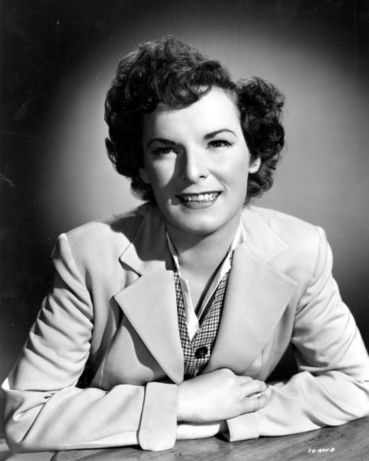 Orson Welles called her “‘the world’s greatest living radio actress.” McCambridge certainly was a rare talent. Her big starring role came as radio was in decline. Starring in 1951, She starred as a tough and smart female attorney who solved crimes and got justice for her clients. In 1952, she was recognized as radio’s favorite dramatic by Radio TV Mirror Magazine. McCambridge frequently appeared on Lights Out and also had many appearances on The Mercury Summer Theater, the Great Gildersleeve, and Inner Sanctum.
Orson Welles called her “‘the world’s greatest living radio actress.” McCambridge certainly was a rare talent. Her big starring role came as radio was in decline. Starring in 1951, She starred as a tough and smart female attorney who solved crimes and got justice for her clients. In 1952, she was recognized as radio’s favorite dramatic by Radio TV Mirror Magazine. McCambridge frequently appeared on Lights Out and also had many appearances on The Mercury Summer Theater, the Great Gildersleeve, and Inner Sanctum. 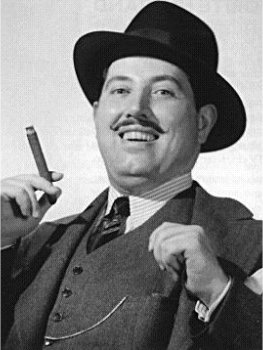 Going back to his Chicago radio days, Harold Perry made more than 10,000 radio appearances. However, there’s one role that Perry’s career is associated with Throckmorton Gildersleeve. In 1939,Gilldersleeve was introduced on Fibbery McGee and Molly and became an instant his signature laugh and catchphrases like, “You’re a hard man, McGee!”
Going back to his Chicago radio days, Harold Perry made more than 10,000 radio appearances. However, there’s one role that Perry’s career is associated with Throckmorton Gildersleeve. In 1939,Gilldersleeve was introduced on Fibbery McGee and Molly and became an instant his signature laugh and catchphrases like, “You’re a hard man, McGee!”